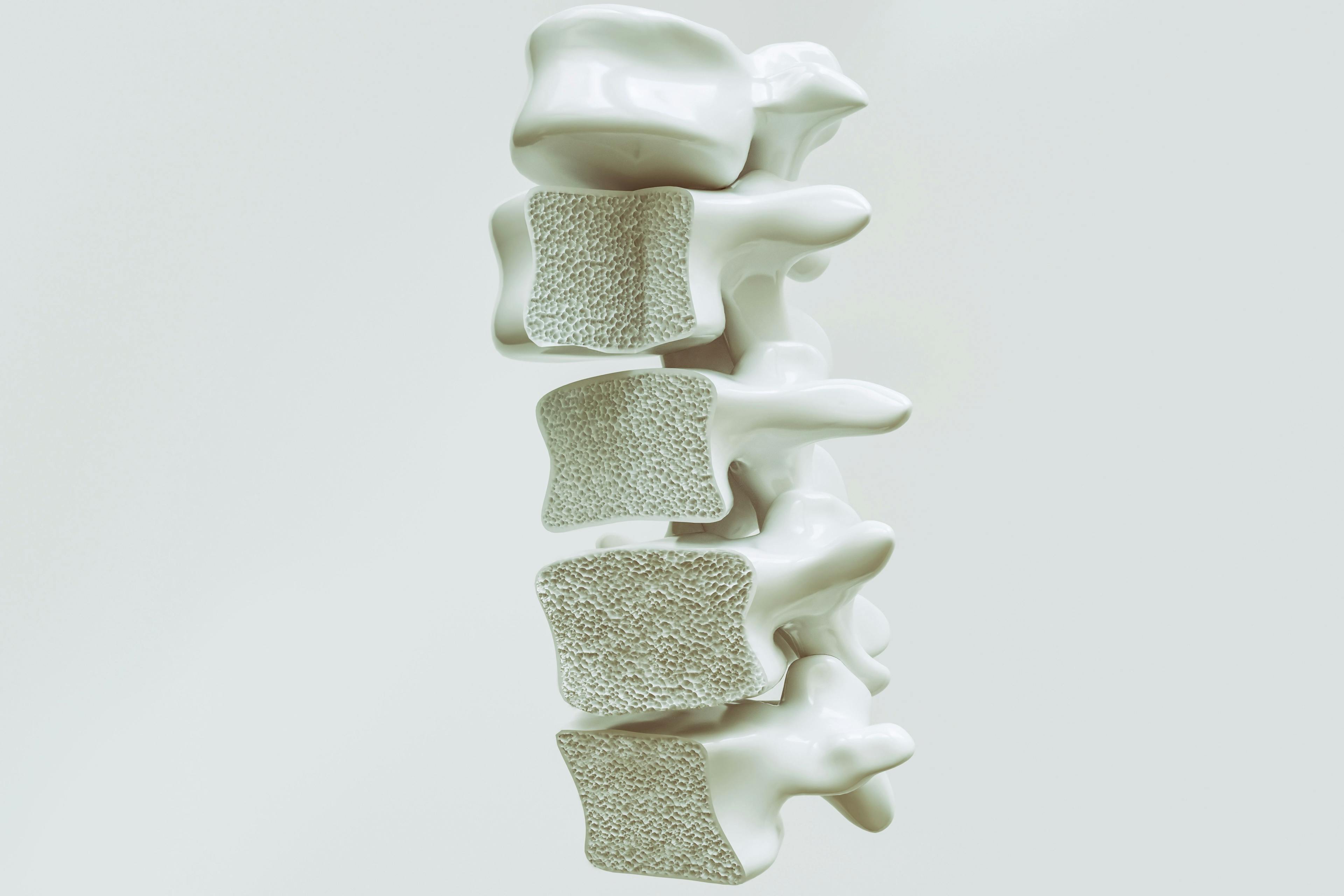Best practices for well woman visits for the adolescent patient
Millicent McCarren, MD, of Allegheny Health Network, sits down with Contemporary OB/GYN® to discuss tips, tricks, and clinical pearls for making sure your adolescent patients are coming in for their routine well woman visits.
Contemporary OB/GYN®:
Thank you so much for joining me today. My name is Morgan Petronelli with Contemporary OB/GYN. And today I'm joined by...
Millicent McCarren, MD:
I'm Dr. McCarran. I'm a provider with Northern Regional OBGYN through the Allegheny Health Network.
Contemporary OB/GYN:
Awesome. Well, thank you so much for joining me today. So, I want to start off by asking you, on average, what age are you seeing patients coming in for their first well woman visit?
McCarren:
So on average, in my practice, I would say, around 15-16 years old, while we do see patients as young as 13. That's the typical age, I think it is likely due to their menstrual cycles becoming a little bit more predictable vs irregular, as well as the idea of leaving home for college and some of the implications there.
Contemporary OB/GYN:
So, what are some of the challenges of getting these younger patients into the office for these visits? And why do you think these girls are delaying some of their visits?
McCarren:
I would say probably the biggest challenge is the idea of what's included in a first annual exam with an ob-gyn. A lot of fear about what that might be, whether that's in regard to the pelvic exam, or just general questions. And the other is their schedule, right? So, most of their day is spent in school and most of our office hours are at the same time. So, unfortunately, it might require them to go in late or leave early. So that can be a big hindrance, especially if patients are trying to come on their own.
Contemporary OB/GYN:
Can you explain the importance of getting these patients in early?
McCarren:
Well, I think it's just really good to establish care with a provider that you feel comfortable with. And sometimes that takes a few visits. So by starting later, you're already delaying the possibility of creating a good relationship with a provider. In terms of medical benefits, there are a lot of misconceptions about what a normal menstrual cycle is, andwhat are the pros and cons of birth control, regardless of pregnancy prevention. And then some of the safe sex practices that young women may not be taught by their parents or school that we would hope that they would receive that information from a medical provider.
Contemporary OB/GYN:
What can be done to mitigate this problem?
McCarren:
Well, I think, based off of the timing issue, a very simple correction would be altering our office hours or offering specific timeframes during our office hours that are directed towards students. I know, within my personal practice, we see or reserve a lot of patients for the summer months, not only for our school aged children, but also the teachers and staff. And so, by creating a space for them to be, it makes it a little easier when it comes time to scheduling. And then, in addition to that, just making sure that there's good information in the community about providers who are comfortable with that age range, and who maybe have a more gentle approach, just given the nature of the hesitancy towards that first encounter with a provider.
Contemporary OB/GYN:
You just mentioned that gentle approach. So, in your experience, what is the best way to or any clinical pearls that you can provide to other providers when handling this patient population for the first time?
McCarren:
Well, I think it's in setting the mood first and foremost. So, making sure that the the office environment is friendly to young women having options and information resources in the in the office that are a little bit more tech savvy. So, making sure we have ways that they can access information that's familiar to them. Also, making sure our office staff is comfortable with talking to young women. And I think it's also really important to note just because there's this idea that a pelvic exam should be done with every visit. It doesn't have to be, right? This can be a talking visit, just getting to know one another and talking about expectations of a potential future visit where maybe we will do a more thorough exam but not jumping to that immediately with a patient.

Study links COVID-19 infection to higher low birthweight and preterm birth rates
March 24th 2025A new study found that pregnant women infected with COVID-19, especially in the third trimester or with severe symptoms, faced higher risks of preterm birth, low birthweight, and neonatal intensive care unit admission.
Read More































